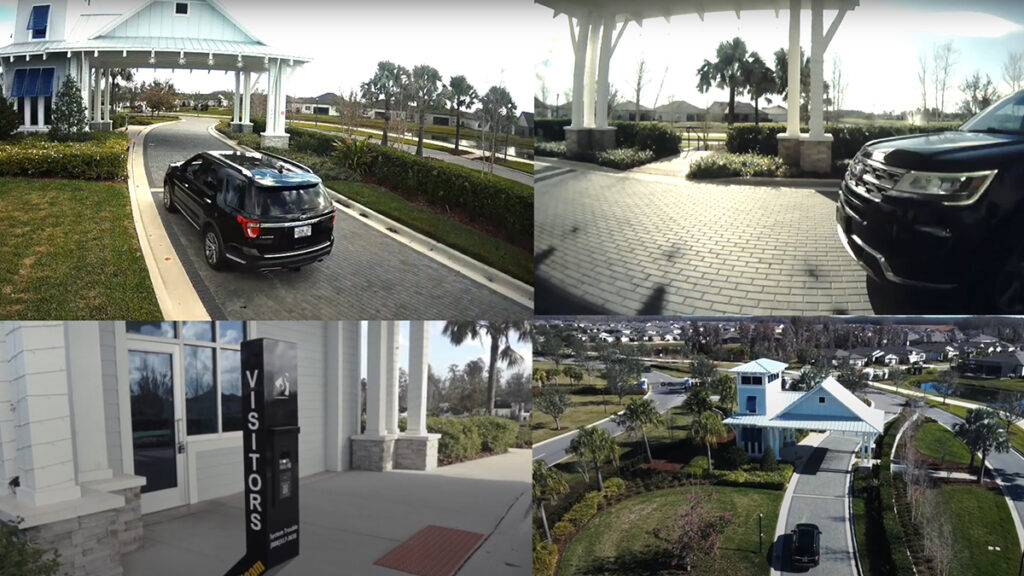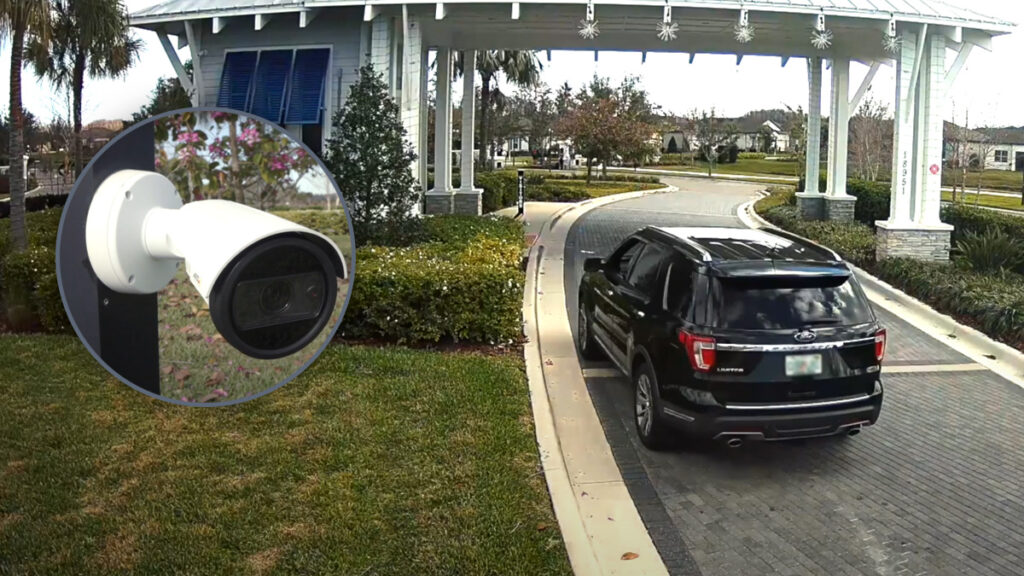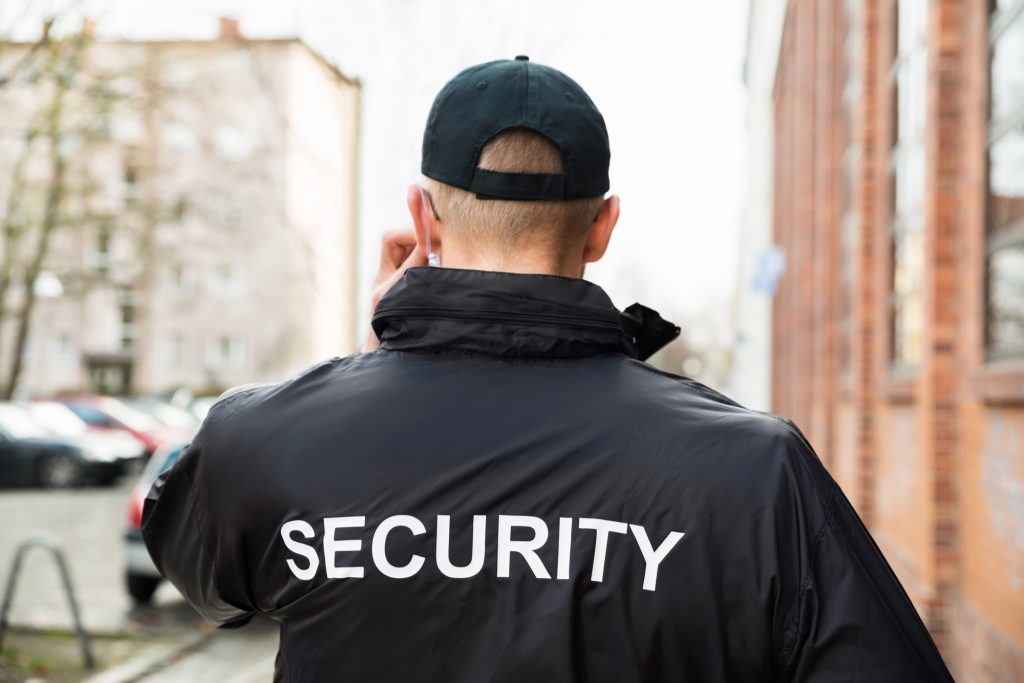Introduction to Virtual Security Guards
The concept of virtual security guards is revolutionizing the security industry by providing a modern, cost-effective, and efficient solution for protecting homes and businesses. Virtual security guards are remote security professionals that monitor properties through advanced surveillance systems, offering a layer of protection that goes beyond traditional on-site guards. In this article, we will explore the benefits of virtual security guards and their role in smart community protection.
How Virtual Security Guards Work
Virtual security guards utilize advanced surveillance technology, including high-definition cameras, motion detectors, and two-way audio systems, to monitor properties remotely. These systems are connected to a central monitoring station, where trained security professionals can analyze real-time video feeds, respond to alarms, and communicate with on-site personnel or emergency responders. In the event of an incident, virtual security guards can take immediate action, helping to prevent theft, vandalism, or other criminal activities.
Benefits of Virtual Security Guards
Cost-effective
One of the main advantages of virtual security guards is their cost-effectiveness. Traditional security guards can be expensive, especially when you consider wages, benefits, and other employment-related expenses. Virtual security guards, on the other hand, can monitor multiple properties simultaneously, allowing for a more cost-effective solution without sacrificing security.
24/7 Monitoring

Virtual security guards provide round-the-clock surveillance, ensuring that properties are monitored at all times. This continuous monitoring is especially important in smart communities, where residents expect high levels of safety and security.
Enhanced Security Features
In addition to monitoring properties remotely, virtual security guards offer advanced security features such as facial recognition, license plate recognition, and object tracking. These technologies can help identify potential threats more accurately and quickly, allowing security professionals to take appropriate action.
Remote Access Control
Virtual security guards can control access to properties remotely, granting or denying entry based on predetermined criteria. This remote access control adds an extra layer of security, ensuring that only authorized individuals can enter a property.
Smart Communities and Virtual Security Guards

Real-time Data Collection and Analysis
Virtual security guards can collect and analyze real-time data from surveillance systems and smart devices, helping to identify trends and potential security risks. This information can be used to develop proactive security strategies, ensuring that smart communities remain safe and secure.
Collaborative Security Approach
Virtual security guards can work in tandem with on-site security personnel, community members, and local law enforcement agencies to create a collaborative security approach. This collaboration can help improve overall security and enhance the sense of safety in smart communities.
A collaborative security approach is a holistic method of ensuring safety and security within smart communities. This approach involves the active participation and cooperation of various stakeholders, including virtual security guards, on-site security personnel, community members, local law enforcement, and private security companies. By working together, these entities can create a more comprehensive and effective security strategy. Here’s how the collaborative security approach works:
Shared Information and Resources

In a collaborative security approach, all stakeholders share relevant information and resources, such as surveillance data, security alerts, and incident reports. This sharing ensures that all parties are aware of potential threats and can respond more effectively to security incidents. For instance, if a virtual security guard detects suspicious activity, they can immediately alert on-site security personnel and local law enforcement, allowing for a faster and more coordinated response.
Joint Planning and Strategy Development
Collaborative security involves joint planning and strategy development among stakeholders. By working together, these entities can identify potential vulnerabilities, assess security risks, and develop proactive measures to address them. This process may include regular security meetings, joint training exercises, and the implementation of shared security policies and procedures.
Community Involvement

A key aspect of collaborative security is the active involvement of community members. Residents of smart communities can contribute to the overall security by reporting suspicious activities, participating in neighborhood watch programs, and staying informed about security best practices. By engaging with community members, security professionals can better understand the unique needs and concerns of the community and develop tailored security strategies.
Leveraging Technology
Collaborative security relies on the effective use of technology to enhance overall safety. Virtual security guards, smart home devices, and other advanced security technologies can be integrated into a unified security system, allowing for real-time monitoring, data analysis, and rapid response to incidents. By leveraging technology, stakeholders can improve their situational awareness and more effectively address security challenges.
Regular Assessments and Improvements
A successful collaborative security approach requires ongoing assessments and improvements. Stakeholders should regularly evaluate the effectiveness of their security strategies and make necessary adjustments to address emerging threats or vulnerabilities. Additionally, this process may include reviewing incident reports, analyzing security trends, and conducting periodic security audits.
Challenges and Limitations
Technical Issues
As with any technology-based solution, virtual security guards may experience technical issues, such as system failures, camera malfunctions, or software glitches. It’s essential for smart communities to have backup plans and redundancies in place to minimize the impact of these issues on overall security.
Dependence on Internet Connectivity
Virtual security guards rely on a stable and fast internet connection to function effectively. In areas with limited or unreliable internet connectivity, this dependence can create challenges in maintaining the desired level of security.
Conclusion
Virtual security guards play a crucial role in the protection of smart communities. Virtual Security Guards provide cost-effective, efficient, and comprehensive security solutions. By collaborating with various stakeholders, and utilizing advanced security features, virtual security guards help create safer environments for residents. However, it’s essential to address technical issues, and internet connectivity challenges. This is to ensure the effective implementation of this innovative security approach.
Virtual security guards monitor properties remotely through advanced surveillance systems, while traditional security guards are physically present on-site.
Virtual security guards may utilize facial recognition, license plate recognition, and object tracking to enhance property security.
Yes, virtual security guards can collaborate with on-site security personnel. Also community members, and local law enforcement to create a comprehensive security approach.






